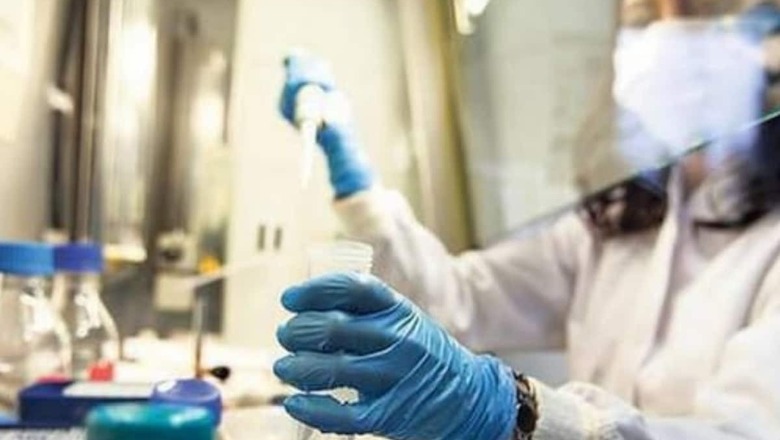
views
As probe into the origins of SARS-CoV-2 continues, Chinese researchers have said that they had discovered a new batch of coronaviruses in bats, including one that may be genetically the second-closest to the Covid-19 virus till now, CNN reported on Thursday. The research has been conducted by Weifeng Shi of the University of Shandong and his colleagues in a single, small region of Yunnan province, southwestern China.
Their study shows just how many coronaviruses there are in bats and how many have the potential to spread to people. The researchers collected samples from small, forest-dwelling bats between May, 2019 and November, 2020 and tested urine, feces, and also swabs from the bats’ mouths.
Also Read | Circumstantial Evidence Points at Possible Wuhan Lab Leak, Says Indian Scientist On Origin of Covid-19
The group assembled 24 novel coronavirus genomes from different bat species, including four SARS-CoV-2 like coronaviruses, according to a report published in the journal Cell. Of these, a viral sample called RpYN06 taken from a horseshoe bat species called Rhinolophus pusillus, was found to be genetically very similar to the SARS-CoV-2 virus that’s causing the current pandemic. However, there were genetic differences on the spike protein, the knob-like structure that the virus uses when attaching to cells.
The researchers concluded, “Together with the SARS-CoV-2 related virus collected from Thailand in June 2020, these results clearly demonstrate that viruses closely related to SARS-CoV-2 continue to circulate in bat populations, and in some regions might occur at a relatively high frequency.”
As researchers investigate the origins of SARS-CoV-2, a bat seems to be the most likely source, however, the virus could have infected an intermediary animal. The SARS virus, which led to an outbreak in 2002-2004, was traced to a civet cat.
“Bats are well known reservoir hosts for a variety of viruses that cause severe diseases in humans and have been associated with the spillovers of Hendra virus, Marburg virus, Ebola virus and, most notably, coronaviruses. Aside from bats and humans, coronaviruses can infect a wide range of domestic and wild animals, including pigs, cattle, mice, cats, dogs, chickens, deer and hedgehogs,” they wrote.
The majority of the samples came from horseshoe bat species. Researchers detected viruses in horseshoe bats that were genetically similar to the SARS virus in a cave in Yunnan in 2017.
Three of the samples mentioned in Thursday’s report were also genetically similar to SARS. “Our study highlights the remarkable diversity of bat coronaviruses at the local scale, including close relatives of both SARS-CoV-2 and SARS-CoV,” the researchers wrote in the journal. The bat species they sampled are also commonly found in Southeast Asia, including southwest China, Vietnam, Laos and elsewhere.
A World Health Organisation report has also said the most likely source of SARS-COV-2 is an animal, probably a bat.
Read all the Latest News, Breaking News and Coronavirus News here.




















Comments
0 comment